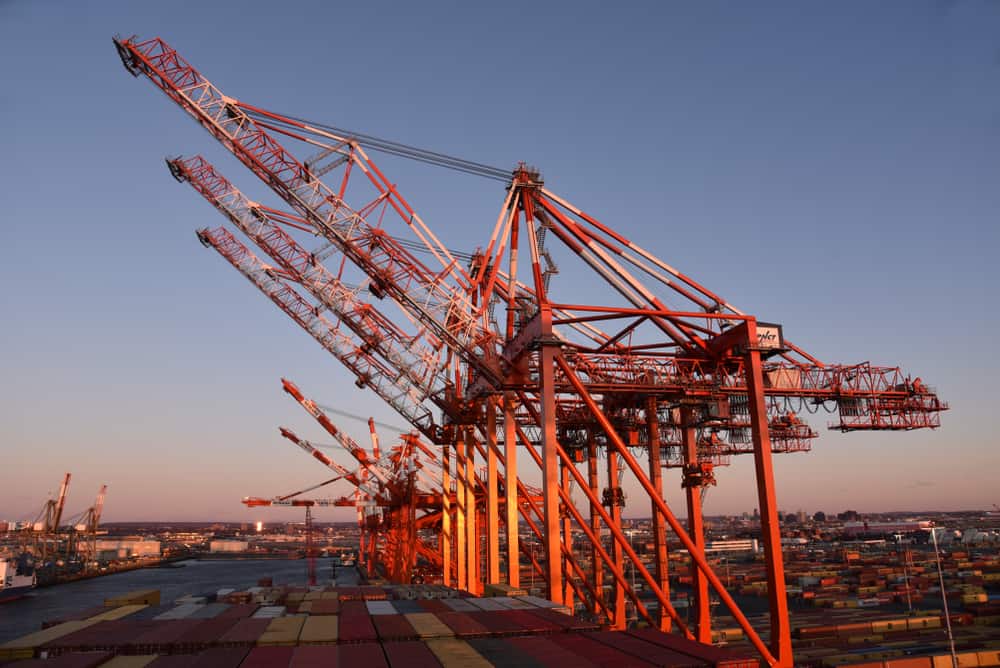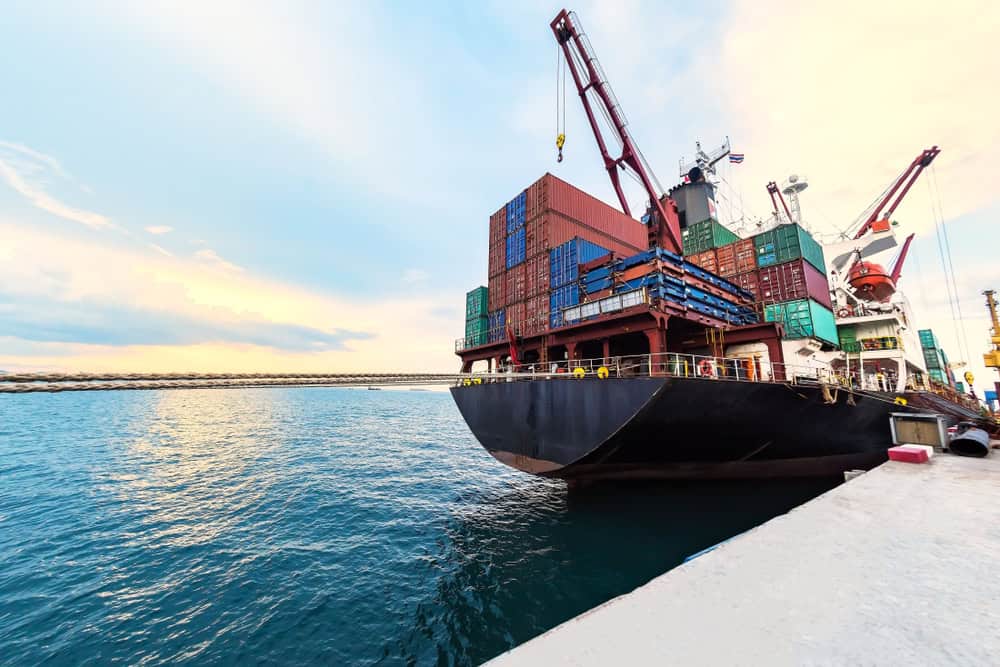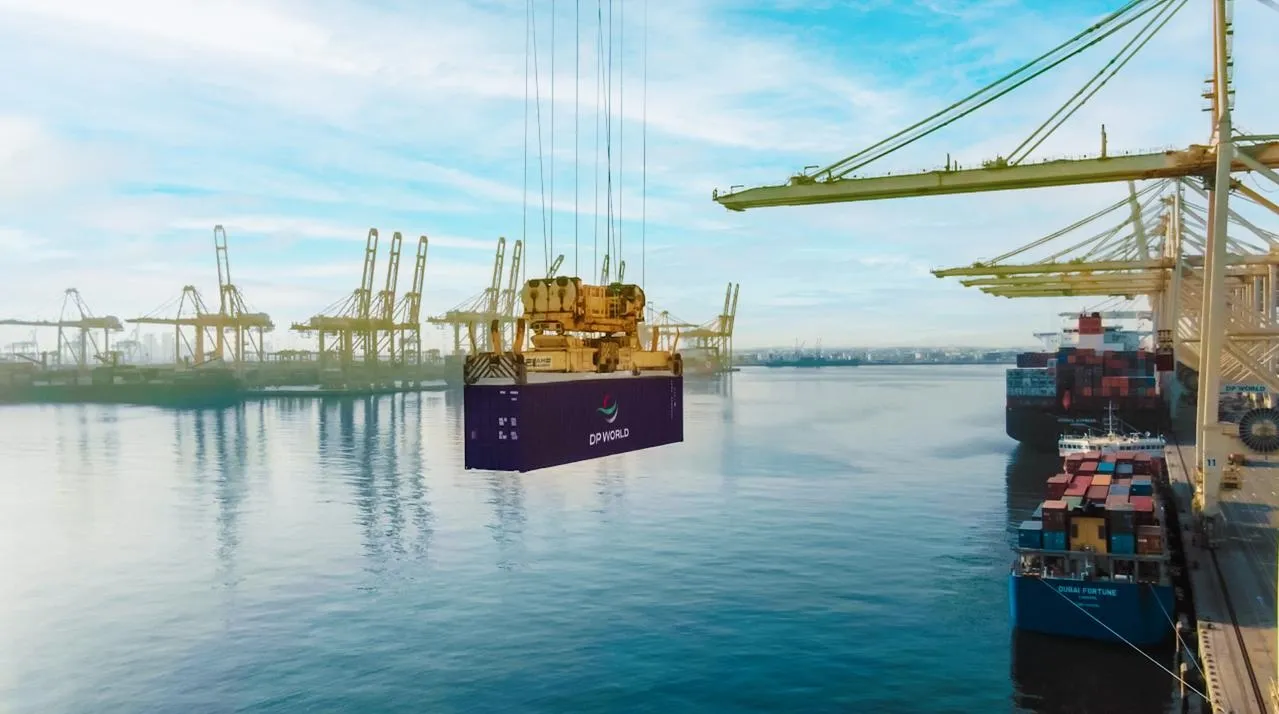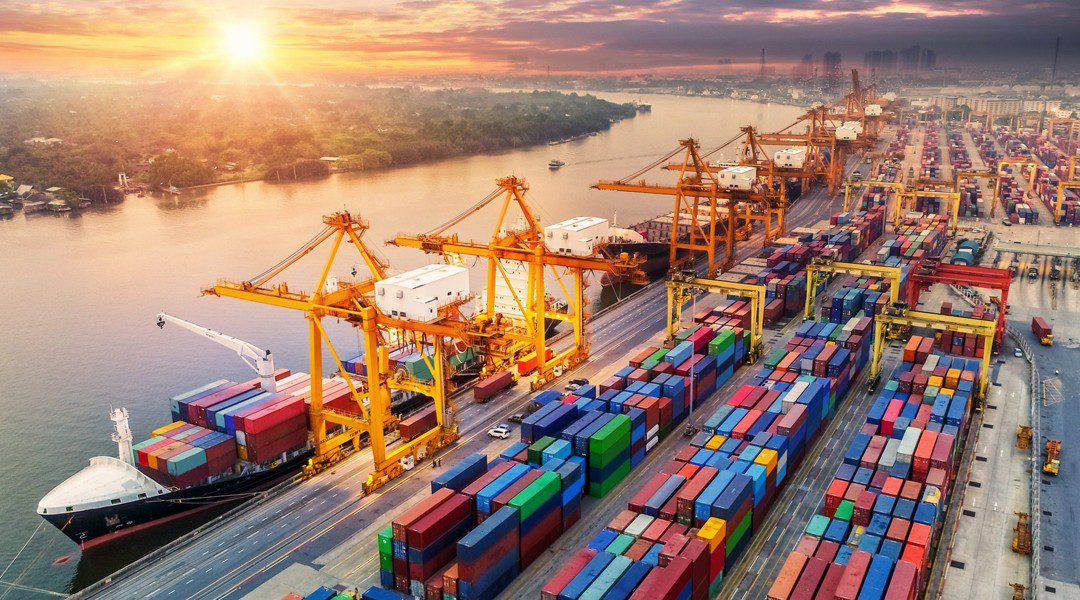Recently, the design for an LNG carrier equipped with four sets of the wind-assisted propulsion system “Wind Challenger,” developed by HD Hyundai Heavy Industries, received an Approval in Principle (AiP) certificate from the British classification society Lloyd’s Register (LR).
The “Wind Challenger” was jointly developed by HD Hyundai Heavy Industries and Japan’s Mitsui O.S.K. Lines (MOL). The design concept is the responsibility of MOL, while the ship structure and installation design are handled by HD Hyundai Heavy Industries.
It is reported that this ship type does not rely entirely on wind propulsion, but the “Wind Challenger” can provide auxiliary power on top of the power from fuels like LNG, methanol, and ammonia, thereby significantly reducing fuel consumption and carbon emissions. Industry insiders predict that the wind-assisted system could achieve up to approximately 30% fuel savings.
A representative from HD Hyundai Heavy Industries stated: “The design that received LR’s AiP this time is for a 174,000 cubic meter class LNG carrier equipped with four ‘Wind Challenger’ units. It is expected to reduce fuel consumption by approximately 15–30%.”
Although the “Wind Challenger” technology used in this certified design belongs to the Japanese side, HD Hyundai Heavy Industries is simultaneously developing its own product.
The “Wind Challenger” is a hard sail-type wind propulsion device with a width of 15 meters, capable of extending to a maximum height of 54 meters, and can rotate 360 degrees to flexibly adapt to different maritime wind conditions. Furthermore, the “Wind Challenger” is made of high-strength fiber-reinforced plastic (FRP), ensuring sufficient strength while controlling weight. It also features a retractable function, allowing it to adjust its height and angle according to wind direction to maximize wind energy utilization.
Mitsui O.S.K. Lines plans to deploy this system on 80 of its vessels by 2035 and promote decarbonization in the global shipping industry.
Previously, in early August this year, Mitsui O.S.K. Lines also announced that a type of LNG carrier equipped with the “Wind Challenger” hard sail system, jointly developed with Hanwha Ocean, received AIP certification from the Japanese classification society Nippon Kaiji Kyokai (NK).
Korean industry sources indicated that HD Hyundai Group is moving from “dual-fuel ships” towards next-generation green technologies, accelerating the development of wind-assisted propulsion ships. Against the backdrop of increasingly stringent carbon neutrality regulations in the global shipping and shipbuilding industries, HD Hyundai Group, after mastering new fuel power technologies like LNG, methanol, and ammonia, is now incorporating wind energy into its energy system in an effort to seize future market dominance.
In mid-June this year, HD Korea Shipbuilding & Offshore Engineering (KSOE), the shipbuilding holding company of HD Hyundai Group, held a land-based demonstration of the prototype wing sail “Hi-WING” in Changwon, Gyeongsangnam-do, verifying the system’s stability and power performance. HD KSOE plans to accelerate the commercialization of this system through actual ship application in the second half of this year.
The “Hi-WING” was independently developed by HD KSOE. It stands 30 meters high and 10 meters wide, with auxiliary wings installed on both sides of the main wing to maximize propulsion force. It can also be folded and tilted when passing under bridges or encountering severe weather to reduce the wind-facing area, maintain better maneuverability and stability, and ensure ship navigation safety.
This device is part of the “Technology Development for Integrated Management of Ship Greenhouse Gas (GHG) Emissions” project supported by the Korean Ministry of Oceans and Fisheries. The development was led by HD KSOE, with a public-private partnership including the Korea Institute of Marine Science & Technology Promotion (KIMST), the Korean Register of Shipping (KR), HMM, and HD Hyundai Marine Solution participating in the project.
HD KSOE plans to install the “Hi-WING” on an MR-type tanker operated by HMM in the second half of this year to verify its performance in an actual sailing environment.
A representative from the Korean shipbuilding industry pointed out: “HD Hyundai Group is advancing its independently developed wind-assisted propulsion systems like ‘Wind Challenger’ and ‘Hi-WING’. These are not merely optional eco-friendly additions but provide global shipowners with a dual solution combining ‘substantial fuel savings’ and ‘compliance with carbon emission regulations’.”




